Corey Cookson's Blog Posts
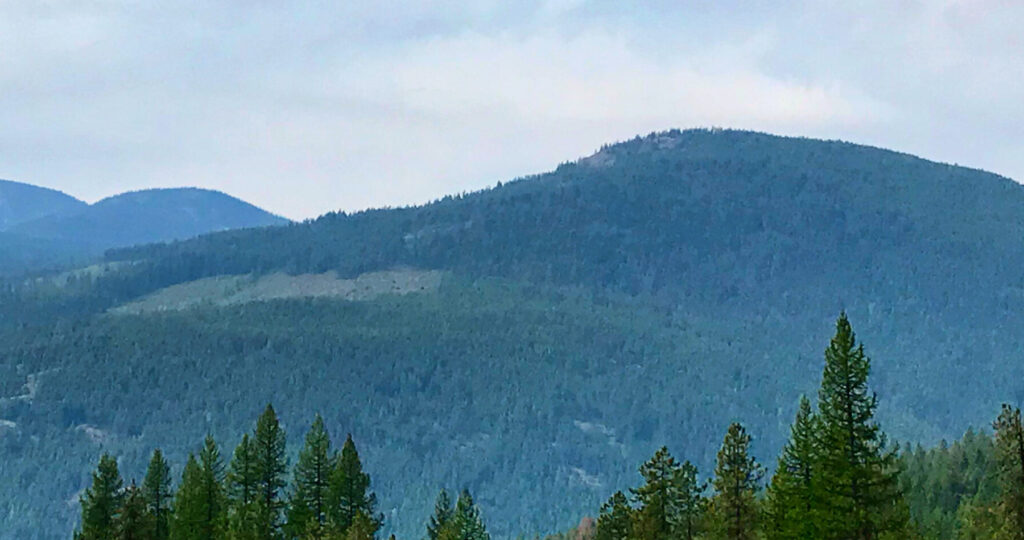
October 17, 2023
International Archaeology Day
What is it? International Archaeology Day is a celebration of Archaeology and it’s contributions to society! International Archaeology Day annually falls on the third Saturday of October (October 21st), and was first celebrated in 2011. The day was originally designed on a national level to help promote public participation and awareness of the important contributions
Keep Reading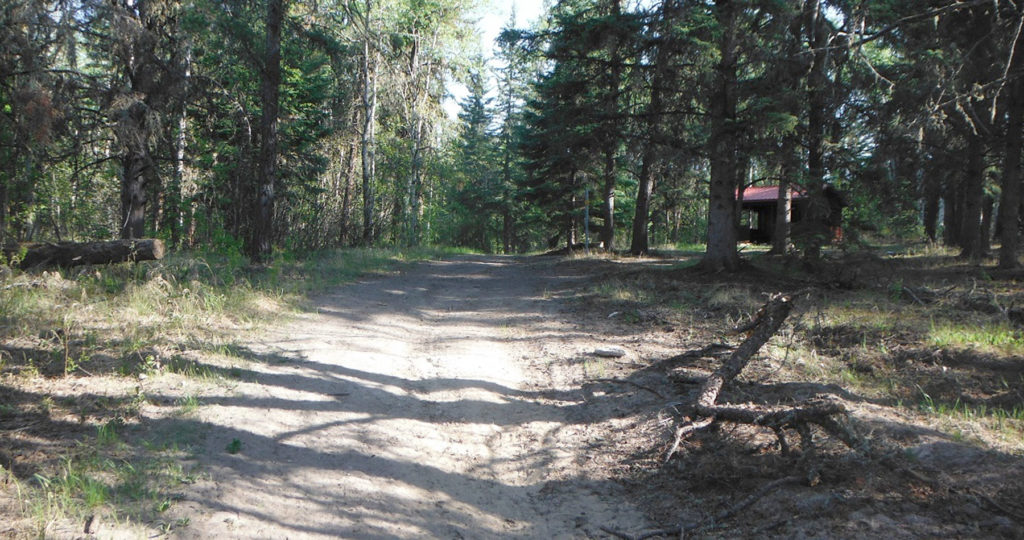
December 8, 2020
Gear Review: Bug Nets
Working in the boreal forest as an archaeologist can be difficult for several reasons, but one of the biggest annoyances is the swarms of bugs during the summer months. On a typical day, we encounter black flies, mosquitoes, horse flies, and no-see-ums. Unlike in the province’s urban areas, the bugs in the forest are much
Keep Reading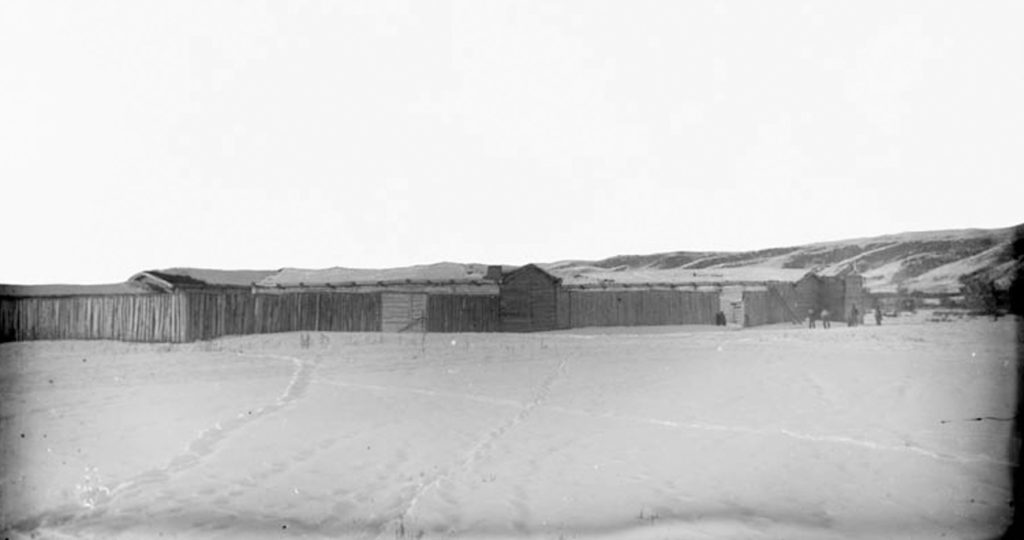
November 26, 2020
“If you move another step towards me, I’ll blow you to hell!” The story of Fort Whoop-Up and Whisky Trading Forts of Southern Alberta
In the 1860s, Southern Alberta was home to several American whisky trading posts that sold liquor and guns to the local Indigenous groups in exchange for bison robes. These transactions occurred despite the United States Law of 1832 that banned liquor sales to the Indigenous groups. One such fort was Fort Hamilton (Later renamed to
Keep Reading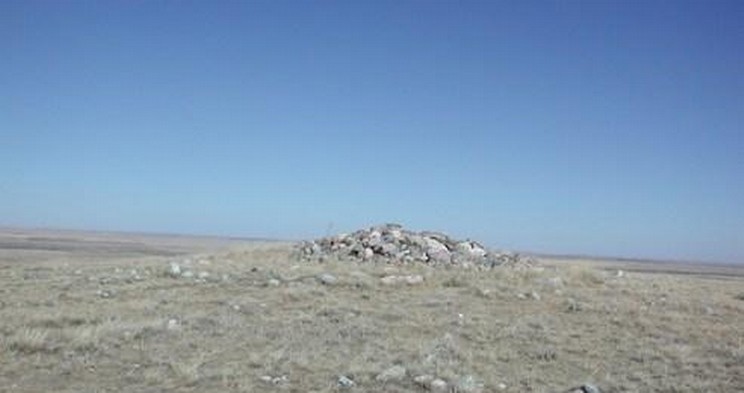
November 20, 2020
The 9 types of Medicine Wheels in Alberta
Most people are familiar with Medicine Wheels, either from popular culture or books such as “Canada’s Stonehenge” by Gordon Freeman. Many people might not know that while they are found all over the Northern Plains in Montana, Wyoming, and Saskatchewan, they are most numerous in southern Alberta. There are currently 57 documented medicine wheels in
Keep Reading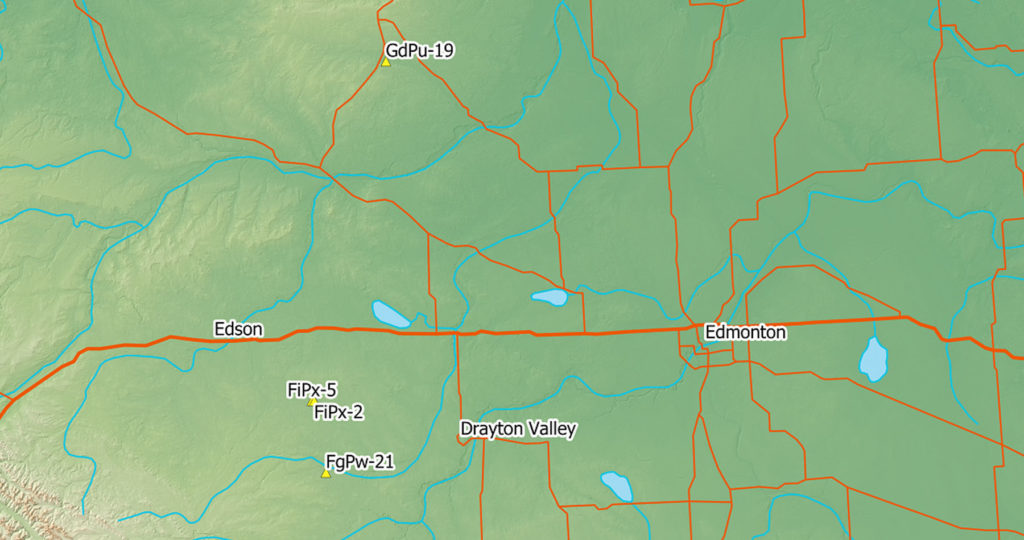
October 1, 2020
Top 10 Sites of 2019!
We are heading into the fall of 2020 and the season crunch is in full swing! We have been pretty busy, despite the challenges of COVID-19, and have found quite a few new and exciting sites. This makes us recall the sites of 2019! It was hard to make time to write up what we
Keep Reading
April 4, 2019
Where does the Obsidian we find come from?
Obsidian is a volcanic glass that was used by pre-European contact people all over North America. Known for its natural sharpness, ancient peoples sought the material for making tools for cutting and slicing. Additionally, it is easier to flintknap than the harder and more readily available materials local to Alberta. As many of our readers
Keep Reading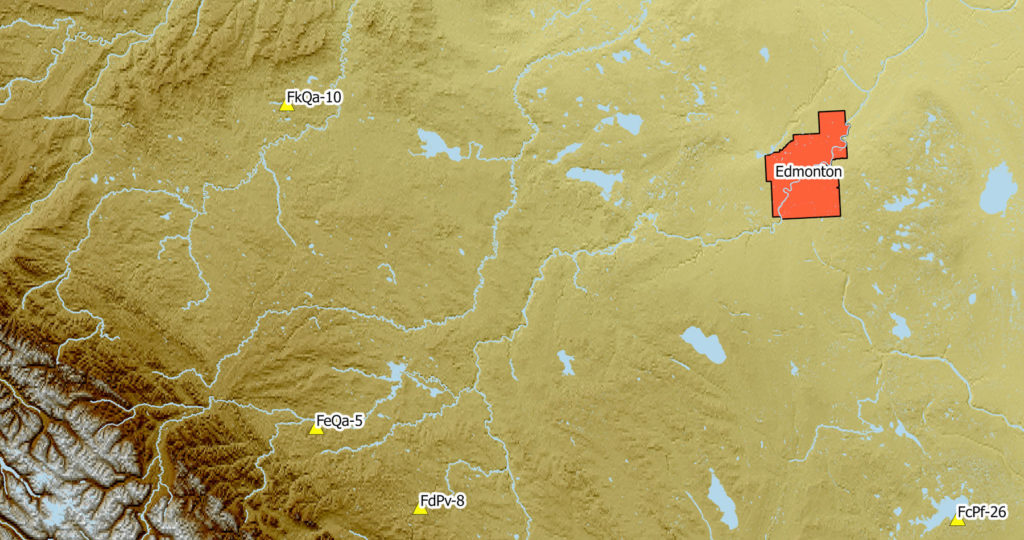
March 25, 2019
Top Ten Sites of 2018!
Now that all the reporting is done, we thought it was a good time to look back on some of the exciting sites we worked on from the past year. We find over 100 sites every year but these sites stand out either because we found interesting artifacts or the site is unique. It doesn’t
Keep Reading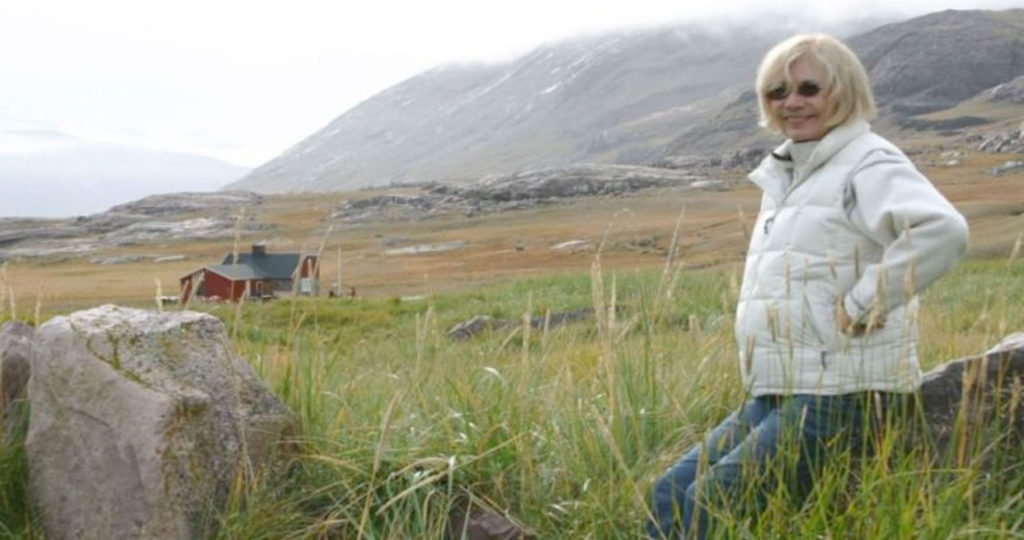
March 8, 2019
Birgitta Wallace
In honour of International Women’s day we will explore the life and studies of Birgitta Wallace. She is a Swedish-Canadian female archaeologist and expert on Norse archaeology in North America. Born in 1944, Birgitta Wallace studied and received her degree in her home country, Sweden. She studied at Uppsala University and underwent field training in
Keep Reading
February 18, 2019
Ground Penetrating Radar
Ground-Penetrating Radar (GPR) is the process of sending radiowaves through the ground. As these radiowaves pass through the ground, any change in the subsurface materials will cause some energy to be reflected back to towards the surface while the remaining energy continues deeper. This information is recorded by a receiver which records the time it
Keep Reading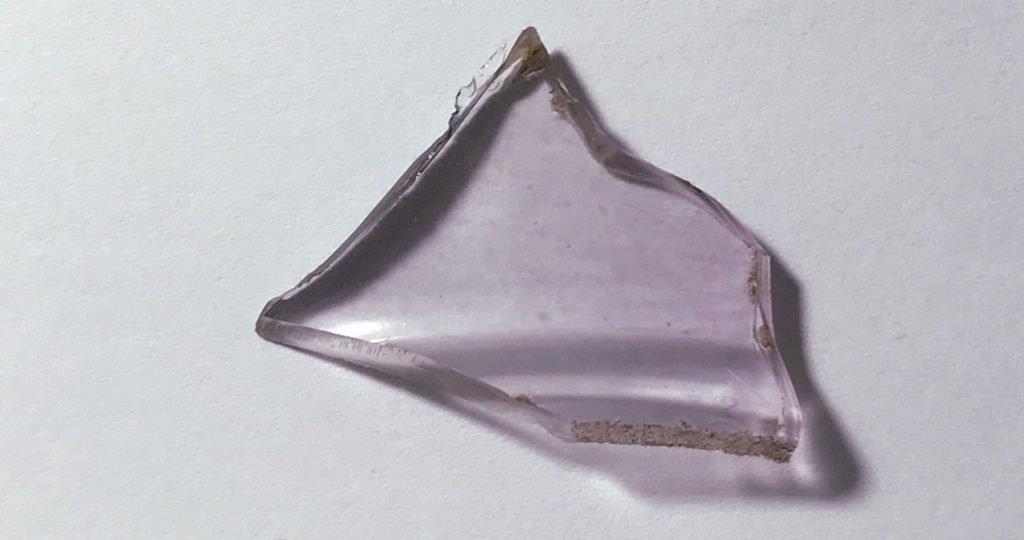
February 11, 2019
Purple Glass = Pre World War I
When we find post-European contact sites in Alberta we find a variety of historic resources including: cabins, ceramics, metal, and glass. The style of each of these can be a good indication of age and, in particular, glass has several features we look for. This includes molds, pontil marks (Figure 2), lip forms (Figure 1),
Keep Reading